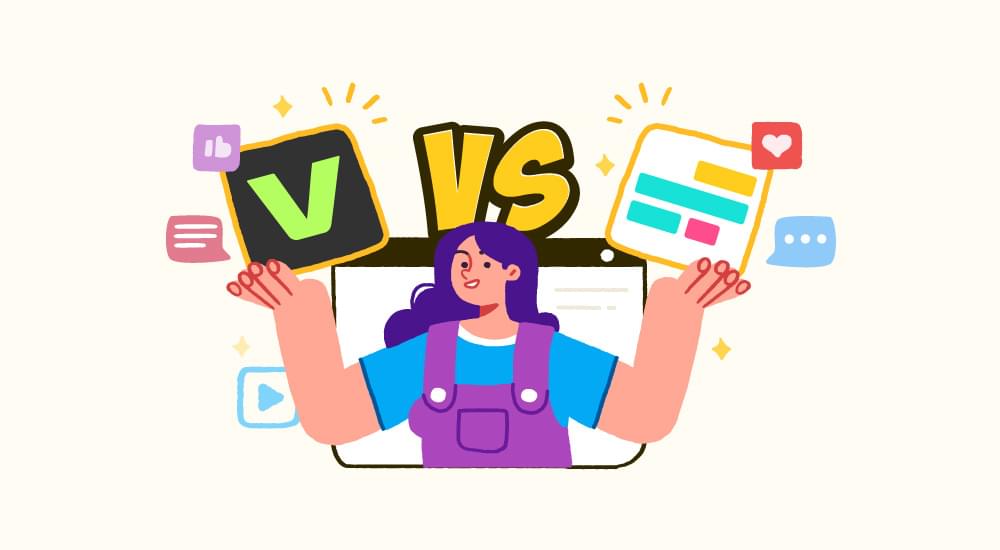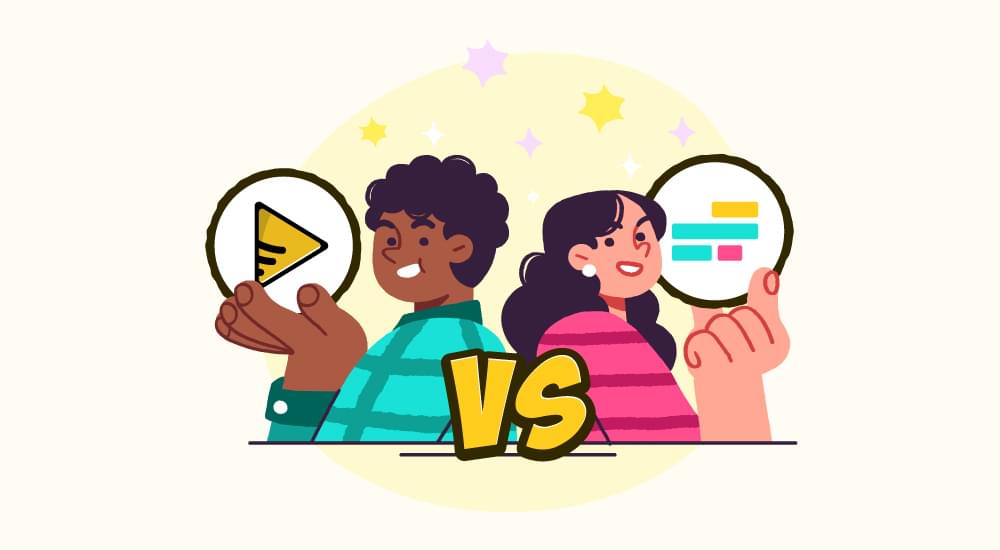
benefits of subtitles in video
AI's Role in Perfecting Real-Time Subtitling: The Impact of AI Real-Time Captions on Live Events
The global market for Captioning and Subtitling Solutions, now enhanced with AI Real-Time Captions, is predicted to grow substantially, reaching an estimated USD 476.9 million by 2028, increasing from USD 282 million in 2022. This growth, at a rate of 7.7% during the forecast period, is significantly influenced by Artificial Intelligence (AI).
Before we go further, let’s clarify what AI is. In simple terms, AI refers to machines designed to think and act like humans. It’s a simulation of human intelligence in computers and robots.
One of AI’s most significant advancements is in live and real-time captioning. AI real-time captions provide subtitles for live events and streaming videos. Whether it’s a live webinar, a virtual conference, or a live stream, AI-based captioning solutions instantly transcribe spoken words and display them alongside the video.
This instant capability is a major advantage for those with hearing impairments, as it creates an inclusive experience for all viewers. AI real-time captions are also particularly useful in noisy environments, for non-native language speakers, and those who prefer to read while watching videos.
In this blog, we’ll discuss the importance of live and instant transcription, how AI technology improves accuracy, and consider their increasing relevance. We’ll examine the phenomenon of AI real-time captions and its significant impact on accessibility and content engagement.
What Exactly Is AI Real-Time Captions?
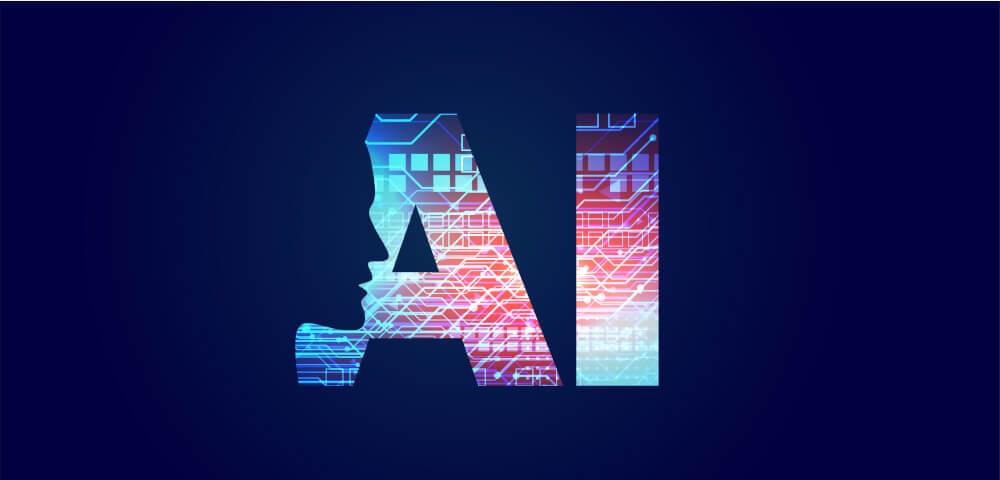
Real-time subtitles, often referred to as Computer-Aided Real-Time Translation (CART), live event captioning, or speech-to-text, are a technology that provides captions for spoken language as it happens. This technology involves converting spoken words into text and displaying them on a screen in real-time.
Real-time captions have become possible due to advancements in AI technology. With over 69% of consumers watching videos without sound, there’s a growing demand to extend closed and live captioning capabilities to content.
The technology behind instant transcription has evolved considerably in recent years. Initially, a human captioner would manually type spoken language into a stenography machine. Today, various software solutions make use of Automatic Speech Recognition (ASR) technology to generate captions in real-time. These software solutions utilize complex algorithms to transcribe spoken language into text and display it as it’s spoken.
While achieving the same 99% accuracy as traditional captioning isn’t yet possible, but AI subtitle generators have significantly improved accuracy rates, reaching around 96-97%. These solutions can be used on various devices like laptops, smartphones, and tablets, and they are compatible with different operating systems, including Windows, Mac OS, and Linux.
Additionally, there are web-based real-time captioning solutions available, such as live captioning on Chrome, allowing users to benefit from real-time captions without the need to install additional software.
What Is the Difference Between AI Real-time Captions and Closed Captions?
Let’s have a look at the basic difference between live captions and closed captions. Closed captions are meant for content that’s recorded in advance, while live captions are for real-time situations like webinars. It’s essential to understand that live captions are a subcategory or subset of closed captions. This means viewers can choose to enable or disable them as needed during live broadcasts. In a nutshell, closed captions are suitable for pre-recorded video content, while live captions cater to live events and can be turned on or off as required.
7 Ways How AI Is Used in Live Event Captioning
AI and machine learning in subtitling is proudly used in a multifaceted manner, enabling more accurate and efficient subtitling. Here’s how AI is utilized in this process:
- Automatic Speech Recognition (ASR): AI-powered ASR systems are prerequisites for real-time subtitling. They convert spoken language into text by recognizing and transcribing spoken words. These systems use neural networks and deep learning to improve instant transcription accuracy, making them capable of handling various accents and languages.
- Context Analysis: AI algorithms analyze the context of the content, considering preceding and succeeding dialogue to enhance the accuracy of subtitles. This contextual understanding helps in providing coherent and meaningful live captions.
- Language Translation: For content in languages other than the source language, AI can automatically translate spoken words into the viewer’s preferred language in real-time. This feature is instrumental for global audiences and boosting engagement.
- Speaker Identification: AI can distinguish between different speakers in a conversation, attributing the correct text to the corresponding speaker. This ensures that viewers can follow who is saying what.
- Adaptation to Environmental Factors: AI algorithms and machine learning in subtitling can adapt to background noise and other environmental factors, enhancing the accuracy of subtitles even in challenging conditions.
- Continuous Learning: AI systems learn from user corrections and feedback, continually improving their accuracy over time.
- Customization: AI allows personalized settings, such as text size and color, to cater to individual user preferences.
AI plays a significant role in real-time subtitles by transcribing spoken words accurately, providing context, translating languages, identifying speakers, and adapting to various environmental factors. This technology continues to evolve, making content more accessible and inclusive for a diverse range of audiences.
Easy Integration with Media Platforms
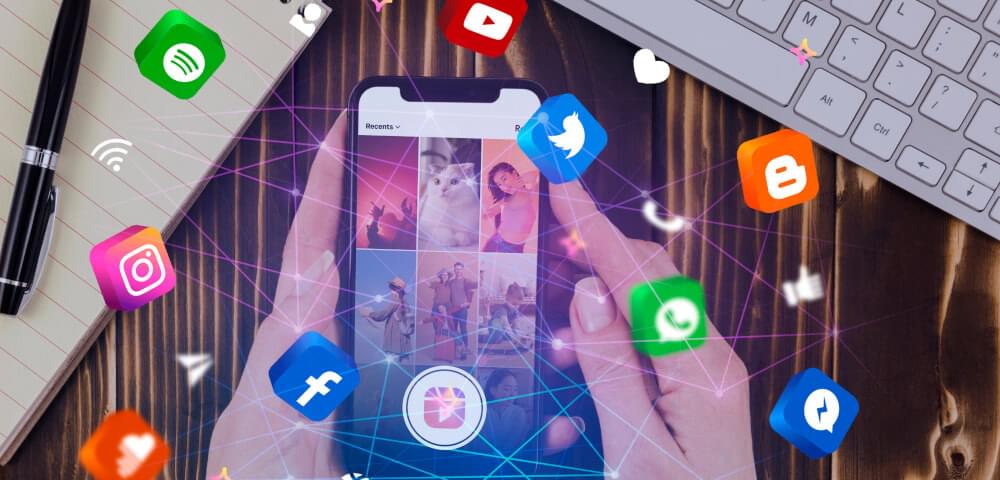
These AI real-time captions are incredibly versatile. They can smoothly integrate with various media platforms, making content more accessible. Without any technical knowledge, you can easily add AI real-time captions to audio and video on almost any device. Here are some of the platforms:
- Streaming Services: They work smoothly with streaming platforms, making content enjoyable for viewers using different devices. You get real-time and instant transcription on your favorite shows.
- Live Broadcasts: For live events like news broadcasts or live streaming, live event captioning ensures more people can follow along, regardless of any hearing impairment.
- Video Conferencing: These subtitles are perfect for video conferences, especially in multilingual meetings or when someone has difficulty hearing. It’s all about improving communication.
- Accessibility Features: They can also be part of accessibility features on websites, apps, and digital media, making content available to a broader range of people. It’s all about inclusion.
Benefits of AI Real-Time Subtitles

AI-powered real-time subtitles offer numerous advantages that can have a positive impact on people and organizations. Introducing AI subtitle generators into your workflow can be equally beneficial for content creators, business owners as well as regular digital communicators.
Expanding Your Audience Reach
AI real-time subtitles provide a platform for businesses, educators, and organizations to make their content accessible to a wider audience. This inclusivity is especially important in today’s globalized world, where equal access to information is a growing concern. Here’s how it helps:
- Inclusivity for Hearing-Impaired Individuals: Live captioning software creates an inclusive environment for individuals with hearing impairments, allowing them to actively participate in online live events like webinars, conferences, and online classes.
- Multilingual Accessibility: Those not proficient in a particular language can follow discussions more effectively. This expands your reach to diverse linguistic backgrounds.
Accessibility for All
Real-time captions bridge the accessibility gap by providing spoken words in text format. This technology has transformed how people with hearing impairments access information and interact with others. It has also opened new avenues for businesses and organizations to connect with a broader audience while ensuring their content is inclusive and accessible to everyone.
Reducing Human Error and Costs
AI real-time subtitles are generated with high accuracy, reducing the risk of human error in manual captioning. This can save both time and money for content creators and organizations.
Enhanced User Experience
Real-time subtitles enhance the user experience by providing an additional layer of accessibility and comprehension. It caters to a wider audience, including those who prefer reading text alongside audio content.
Incorporating live-captioning software is not only a matter of inclusivity and social responsibility; it also makes solid business sense. Companies can expand their customer base, boost brand awareness, and have a more significant impact by reaching a broader audience.
Related: Auto-Subtitling Technology: The Future of Real-Time Video Captioning
Valuable Applications of Real-Time Captioning
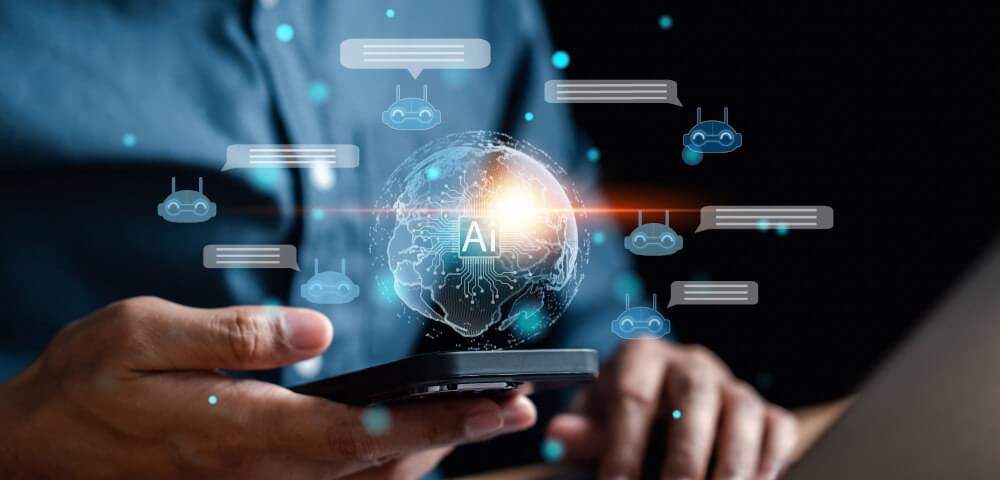
AI real-time captions have become a fundamental requirement in the age of increasing live-streamed events. To highlight this trend, it’s estimated that by the end of 2023, approximately 164.4 million Americans will be tuning in to live video content. The question is, where can real-time captioning and instant transcription be applied effectively? Let’s explore some valuable applications:
- Lectures: Educational events can greatly benefit from AI real-time captions. They enhance accessibility and understanding, especially for complex topics, and extend the reach to non-native English speakers.
- Conferences: Make your important conferences more inclusive by providing AI real-time captioning. This ensures that a broader audience can engage with your event.
- Product Demonstrations: When showcasing your products and their features, AI live captions can transform product tutorials. They help your audience better comprehend what you’re presenting.
- Q&A Sessions: Boost audience engagement by allowing real-time questions during live sessions. This interactive approach can significantly involve your audience.
- Interviews: If you conduct live interviews with special guests, real-time captions can enhance the experience. They make the content more accessible and enjoyable.
- Online Streaming Services and Video Content: AI real-time captions are increasingly integrated into online streaming services and video content, ensuring that a broader audience can enjoy the content with the support of captions.
- Educational and Training Purposes: Real-time captioning plays an essential role in making educational and training content accessible to a diverse audience. It helps in comprehension, making learning more effective.
- Accessibility Features for the Deaf and Hard of Hearing: Live captions serve as essential accessibility features for individuals with hearing impairments. They ensure that everyone can access and engage with content, promoting inclusivity.
These applications represent just a small portion of environments where AI live captions prove exceptionally useful in enhancing content accessibility and understanding. In reality, any live video or audio content can benefit significantly from instant transcription.
Challenges and Important Considerations

Despite the remarkable advancements in AI-based captioning technology, it’s important to be aware of some challenges and factors to consider:
Accuracy in Complex Contexts
AI models may excel in many areas but face difficulties with extremely technical or specialized content. In such cases, they may need human intervention or specialized transcription for improved accuracy. This often involves a collaboration between AI tools and human editors. This approach helps maintain accuracy, monitor any potential bias, and provide context that AI algorithms may lack.
Dealing with Accents and Dialects
Even when trained on extensive datasets, AI models and machine learning in subtitling may still encounter challenges when transcribing speakers with strong accents or regional dialects. While resolving this for English dialects is relatively feasible, it can be more complex for dialects in other languages, such as Arabic. Nonetheless, significant progress has been achieved in handling dialects, including those in Arabic, by AI captioning technology.
These challenges highlight the importance of continued improvement in AI models, particularly in enhancing accuracy and addressing language-specific nuances for a more inclusive and effective captioning experience.
It’s a Wrap!
AI stands as a fundamental tool in live event captioning and instant transcription, enhancing accessibility and expanding the audience for audio and video content. With technological advancements in artificial intelligence, free live captioning software offers smooth and accurate real-time captioning.
The applications of AI real-time captions are extensive. It goes beyond mere convenience; it has become an indispensable asset in various scenarios, ranging from job interviews to online and virtual events. By using the capabilities of artificial intelligence technology, you can greatly enhance accessibility and communication.
Embracing this technological innovation allows you to open up your content to a broader audience. Whether you aim to cater to individuals who are deaf or hard of hearing or simply wish to make your content more engaging and inclusive, machine learning in subtitling and instant transcriptions proves to be a transformative addition to your toolkit.
Add and translate your subtitles to more than 100 languages with high accuracy







